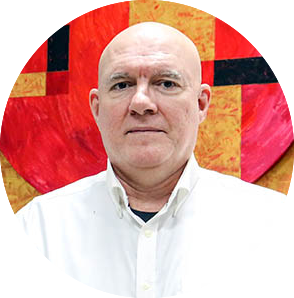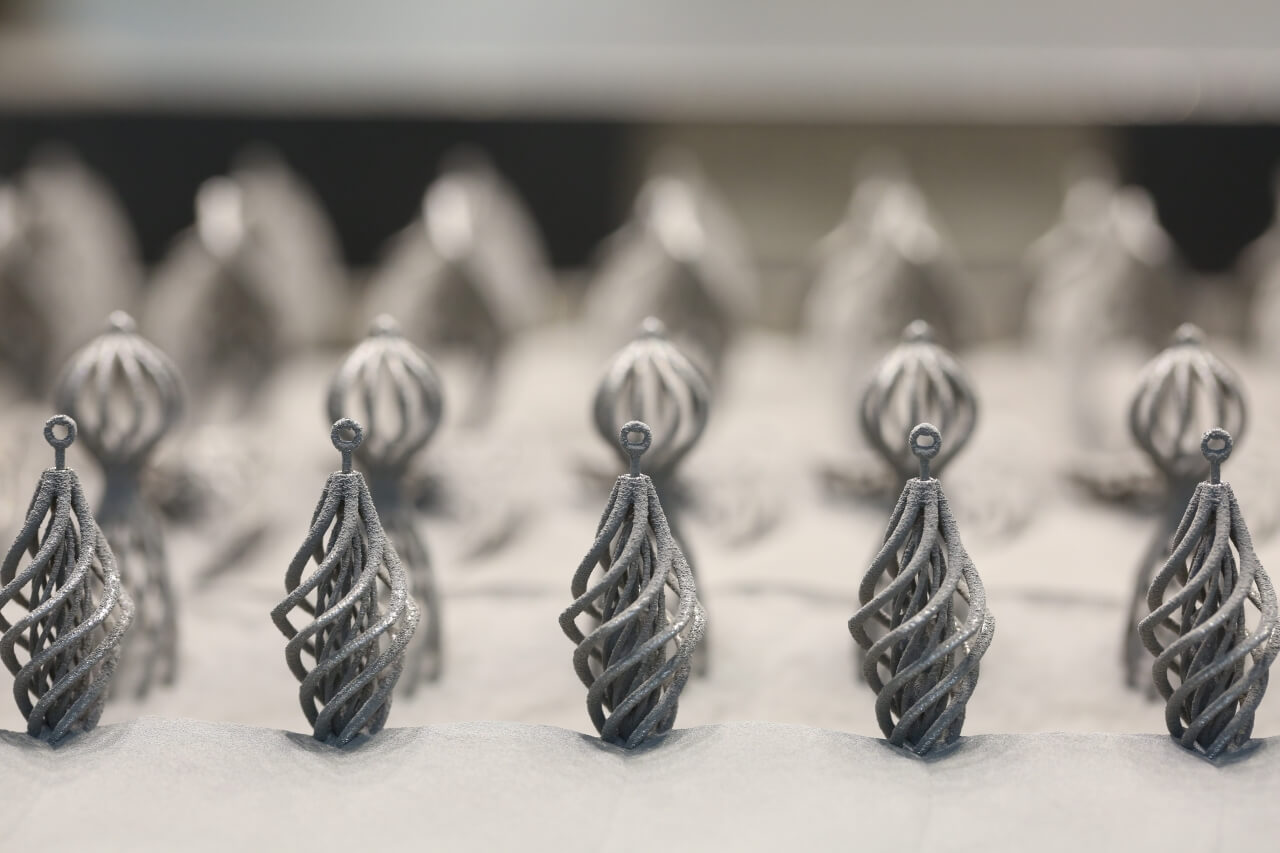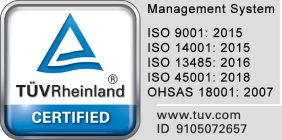Makers of devices used in medicine and healthcare need to be careful about their choice of raw materials. Not only must the material meet the engineering requirements of the application, but it must not pose any additional risk when in contact with the human body or the many types of chemicals that are often found in a clinical environment. There are several types of pure metals and metal alloys used in medicine that have proven their value in medicine and healthcare. We’ll explore how biocompatibility affects metals in medicine and then look at the eleven most common types and their use.
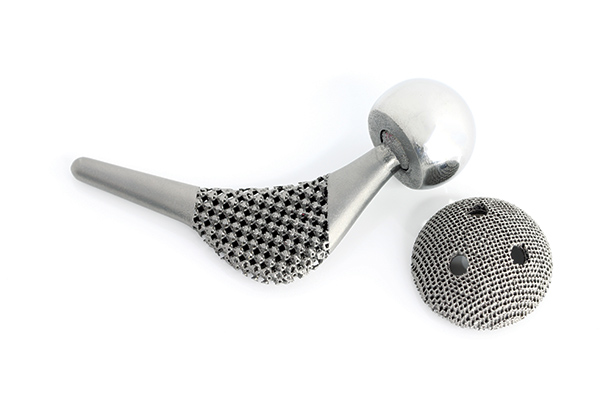

What are biocompatible materials?
Biocompatible materials used in a healthcare environment must meet specific criteria that most other products don’t.
For example, they may need to be non-toxic in the presence of human tissue or fluids. Or, they might have to resist chemicals, like cleaners and disinfectants, which are used for sterilization. And medical metals used for implants must be non-magnetic and non-corrosive in addition to being non-toxic. New metal alloys, as well as other materials like plastic and ceramic, are constantly being evaluated for their use as biocompatible materials. In addition, some materials may be perfectly safe for short-term contact but not for permanent implants.
Because of the many variables, the FDA in the United States (as well as other agencies around the world) doesn’t certify raw materials for medical devices as such. Rather, it’s the final product – not the material – that is classified. However, choosing a biocompatible material is still the first and most important step toward achieving classification.
What are the most common metals and metal alloys for medical devices?
Several types of metal alloys have become indispensable after many years of real-world applications. Here are the most common types and their typical uses.
1. Stainless Steel
Stainless steel is an ideal material for many types of medical appliances. It’s non-toxic, non-corrosive, durable, and can be polished to a very fine finish so that it’s easily cleaned. Stainless steel comes in several different flavors with different mechanical and chemical properties, so it’s important to choose the right one.
Stainless steel for medical implants and body piercings
The most common types of stainless steel used for medical implants and body piercings are 316 and 316L, which are highly corrosion-resistant. This is important because corrosion in the bloodstream can cause infection and possibly even death. Many people also suffer from allergic reactions to nickel. Therefore, low-nickel varieties of stainless steel can be substituted.
Stainless steel in medical devices and surgical tools
Most surgical tools are made from 440 stainless steel. It’s not as corrosion resistant as 316 but the higher carbon content means it can be heat treated to create very sharp edges for cutting instruments. Stainless steel is commonly used for orthopedics like replacement hip joints, or to stabilize broken bones with screws and plates. It’s also used for surgical tools like tweezers, forceps, hemostats, and other equipment that has to be durable and also easily cleaned and sterilized.
And stainless steel mesh is sometimes used for intravascular stents.
Stainless steel pros and cons
Stainless steel contains some percentage of iron, and that means it can still pose the risk of corrosion over time. This can potentially cause damage to surrounding tissue as the implant breaks down. Other medical metals, such as titanium or cobalt chrome, have more corrosion resistance but they’re more expensive.
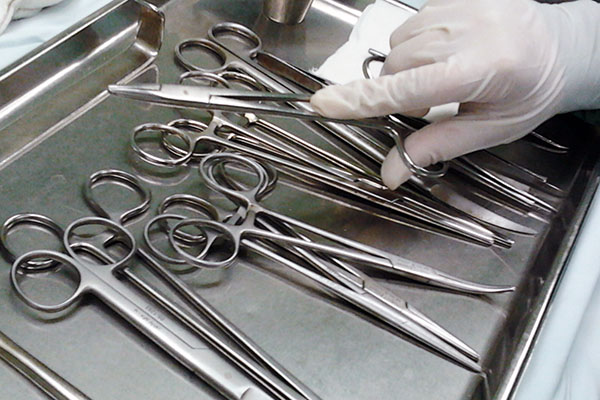
2. Copper
Copper is another material possible for many types of medical appliances.
Copper for dental implants
Copper is rarely used directly for medical implants. This is because copper is soft and may cause toxicity inside the tissue. However, some copper alloys are still used in dental implants and to prevent infection in bone transplant operations.
Antibacterial properties of copper
But copper really shines as a medical metal because of its outstanding antiviral and antibacterial properties. That’s why copper is an ideal material for surfaces that are constantly being touched, like door handles, bed rails, and switches. Copper is unique in that more than 400 different copper alloys have been approved by the FDA as biocidal to prevent the spread of viruses like SARS-CoV-2.
Copper’s pros and cons
Pure copper will oxidize very quickly when exposed to the environment, which is why it tends to turn green in color. Even then it still retains its antimicrobial properties, but some users may find it unsightly. That’s why alloys are used, with varying degrees of effectiveness against microbes. It’s also possible to put thin-film coatings on copper to prevent oxidation while still retaining its antibacterial properties.

3. Titanium
Titanium can frequently be found in many types of medical appliances.
Titanium for skeletal supports
Titanium is now a common substitute for stainless steel to make skeletal supports and bone replacements.
Titanium for dental implants
Titanium alloys are also great for dental implants. That’s because titanium, like some types of stainless, can be metal 3D printed to create perfectly customized parts from a patient’s scans and X-rays.
Titanium pros and cons
Titanium is light and strong and has greater corrosion resistance than stainless steel. However, there are some potential limitations. Titanium alloys may have insufficient bending fatigue resistance when subjected to constantly shifting loads. The titanium also doesn’t stand up as well to friction and wear when used for replacement joints. And there have been issues of blood clots forming on arterial stents made of titanium.

4. Cobalt Chrome
Cobalt chrome has high wear resistance and is used for joint replacements and for dental implants. It can be electropolished so that the surface is very smooth to prevent contamination. Although it’s very hard, cobalt chrome parts can be CNC machined or 3D printed.
Cobalt chrome pros and cons
Cobalt chrome alloys are excellent medical metals for hip and shoulder socket replacements. There has been some concern that, as they eventually wear out over time, cobalt, chromium and nickel ions may be released into the bloodstream.

5. Aluminum
While seldom used in direct contact with the body, aluminum is very commonly employed for various types of support equipment that must be light, strong, and corrosion-resistant. Examples include bed frames, wheelchairs, walking sticks, orthopedic supports, and IV stands. Since raw aluminum can tarnish or oxidize very easily, aluminum parts are typically painted or anodized for durability.

6. Magnesium
Magnesium alloys are medical metals that are very lightweight yet strong. In this regard, they are very similar in weight and density to natural bone.
Magnesium pros and cons
Magnesium is a biosafe material. It tends to naturally and safely biodegrade, so it can be used for temporary stents or bone graft replacements where it will dissolve over time, making a second removal procedure unnecessary. Magnesium oxidizes very quickly so it must be surface treated. Also, it can be difficult to machine and can even react violently with oxygen, so extra care is required when machining this material.

7. Gold
Probably the very first medical metal, gold has good corrosion resistance and biocompatibility. Because of its plasticity, it’s easy to form and was commonly used in the past for many kinds of dental repair. This practice is no longer common and now gold is being replaced by other synthetic materials.
Gold does exhibit some biocidal properties so it can be found in antitumor treatments. But of course, gold is expensive and rare, and is usually limited to very thin platings instead of solid gold. Gold platings are common on wires, conductors, and other micro-electronic components used in sensors and electro-stimulation implants.
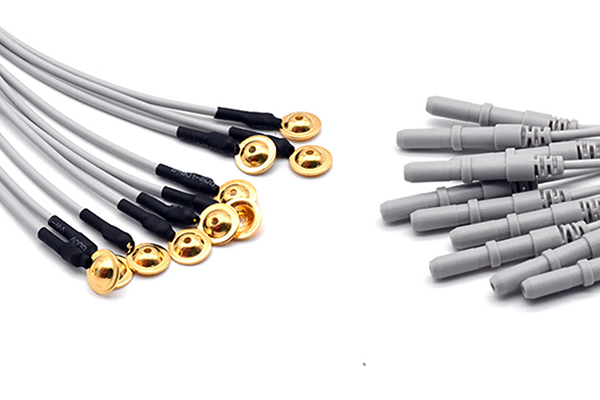
8. Platinum
Another highly stable inert metal, platinum is biocompatible and is also an excellent conductor. Very fine platinum wires are used for internal electronic implants, such as pacemakers and hearing aids. It’s also showing promise in applications for neurological disorders and in monitoring brain waves.
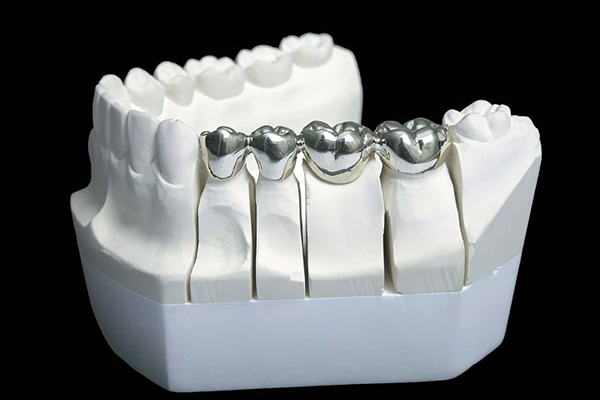
9. Silver
Silver acts much like copper in that it’s naturally antimicrobial. This makes it useful for stents, non-load-bearing implants, and even mixed into cementitious compounds used for bone plaster. Silver is also alloyed with zinc or copper to make dental fillings.

10. Iridium
The main use of Iridium, or iridium oxide, is to coat the wiring used for electro-stimulation devices.

11. Tantalum
Tantalum has shown high heat resistance, good workability, acid, and corrosive resistance, ductility and strength. Tantalum can be 3D printed and is now showing up in cranial bone replacements and dental devices like crowns or screw posts.

Star Rapid has worked with all of these materials and many more to make projects that support the medical, aerospace, automotive and consumer products industries. With our new ISO 13485:2016 certification, we’re ready to work with you when it’s time to begin your next medical device project. Contact us today to speak to our engineers, who can offer you a variety of solutions to meet your product goals.
If you liked reading this article, we recommend the following content:
Tagged:
